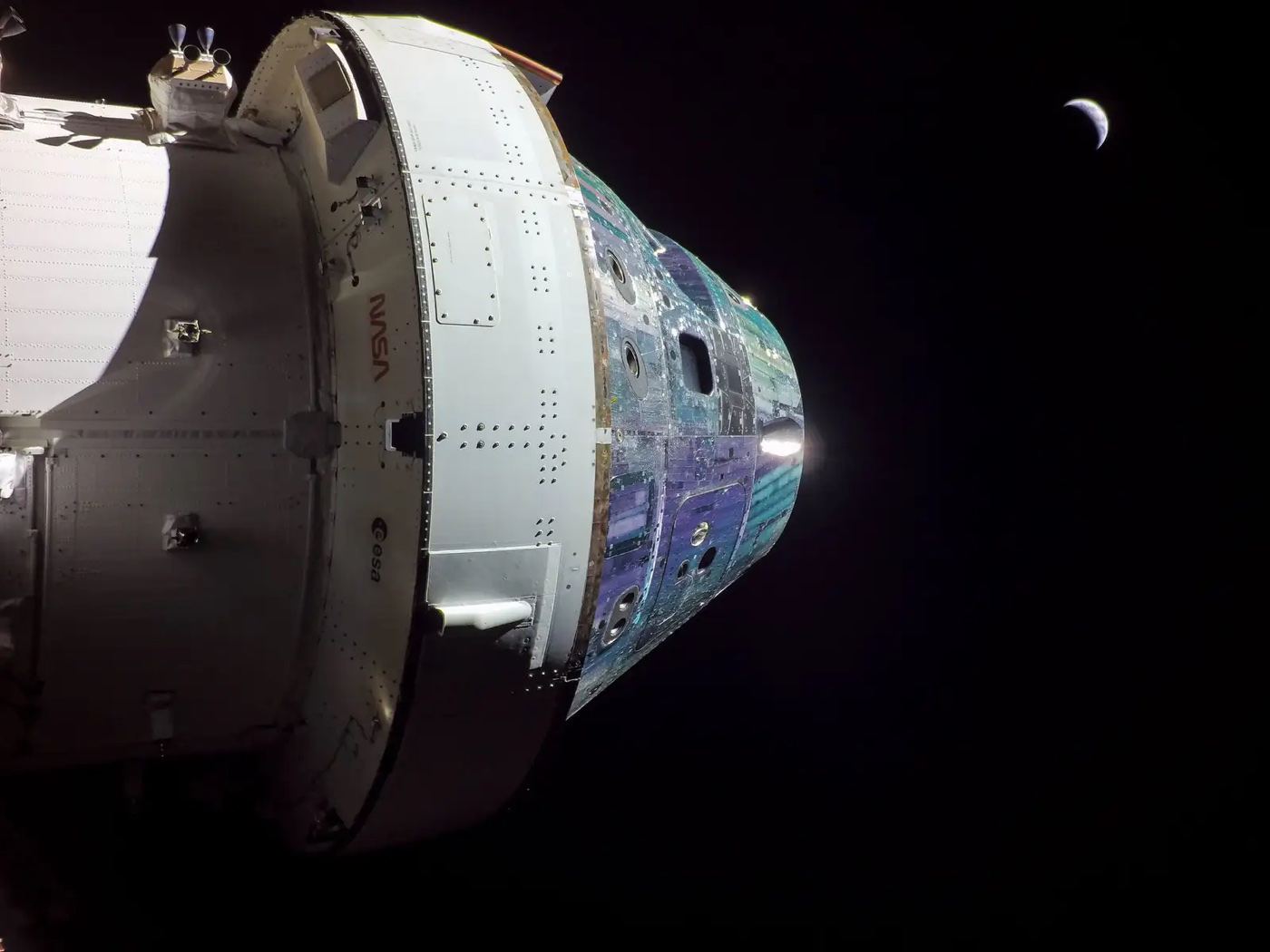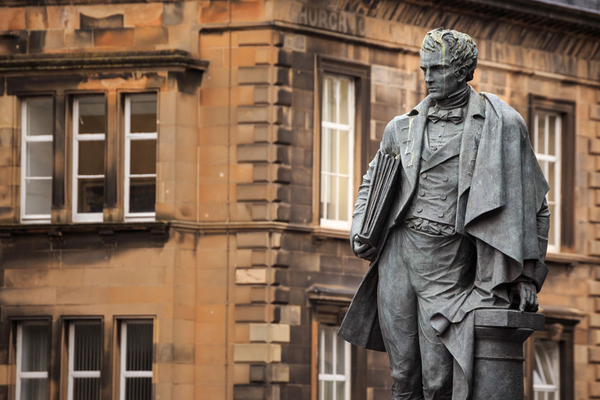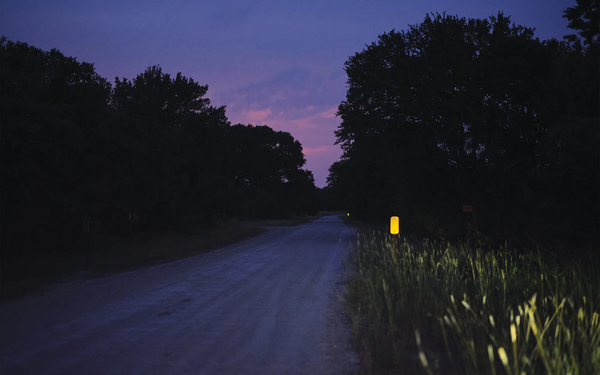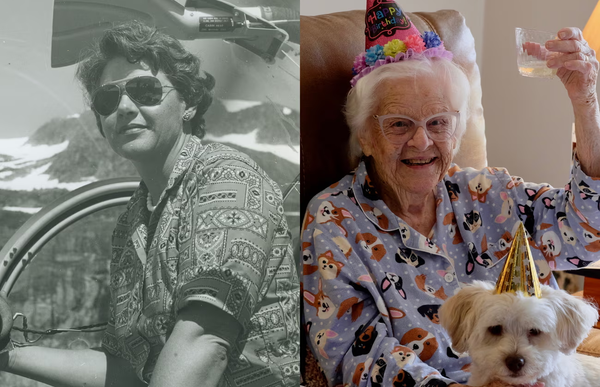The best images from NASA's mission to the moon

The Artemis I mission, an unmanned flight to the moon and back, just returned with some spectacular photos. The mission was a test to see whether NASA could get a capsule to the moon and back, before the space program tries to send astronauts back there. As veteran blogger Jason Kottke points out, visual imaging has been an integral part of even the earliest space missions — strap a camera to a spacecraft, let the people see what space looks like, and they will be inspired. And the photographs returned by Artemis I’s Orion spacecraft are certainly inspirational. So Jason picked his favorites, and I agree they are stunning.

The winners of the Bulwer-Lytton Prize for terrible writing
If you've never experienced the Bulwer-Lytton Ficton Contest, you are in for a real treat. As the website says, it's the place where www stands for wretched writers welcome. Here's the grand prize winner: "I knew she was trouble the second she walked into my 24-hour deli, laundromat, and detective agency, and after dropping a load of unmentionables in one of the heavy-duty machines (a mistake that would soon turn deadly) she turned to me, asking for two things: find her missing husband and make her a salami on rye with spicy mustard, breaking into tears when I told her I couldn't help—I was fresh out of salami."

Jury rules identical twins didn't cheat because their minds are so similar
Kayla and Kellie Bingham were accused of cheating on an exam at the Medical University of South Carolina in 2016, and eventually sued. Kellie said that the twins were assigned seats at the same table but were about four or five feet apart and couldn't see each other because their monitors blocked their views. Professors testified that they often submitted the same answers for exams even if they took them at different times. Nancy Segal, a psychologist who studies twins, said she would have been surprised if the sisters hadn't ended up with the same scores, because their minds are so similar. They won their defamation case last month, and the jury awarded them damages totaling $1.5 million.

Is the truffle industry a big scam?
Matt Babich argues that the entire industry that has grown up around truffles and related products like truffle oil is a huge scam: "You probably already know that truffle-flavored oil is not made from truffles. It is a cheap oil with added synthetic truffle flavor. There are several reasons why this is terrible. Synthetic garbage sold as a luxury gourmet item gives customers the idea that truffles have an intense gas-like aroma. It is a scam because it deceives customers; that is, it falsely represents a product that has nothing to do with truffles and puts all restaurateurs who try to work honestly in an unfavorable position: if you don't flavor truffle dishes with added aromas and flavors that the guests are used to, the naive guests will think you're being cheap."

The Brontë sisters died young because they drank grave water
It is a well known and oft-romanticized fact that the Brontë sisters—and the Brontë brother, for that matter—all died young, one after the other, leaving moody, moor-y masterpieces in their wake. Officially, they all suffered from tuberculosis, or complications thereof, and unofficially, they all died of grief for one another, but there was another very real and disturbing factor that contributed to their lifelong illnesses and early deaths: they spent their lives drinking water contaminated by the local graveyard—and possibly the local outhouses too. And so did a number of the other residents of the town they lived in.

The poinsettia’s forgotten history
A curious U.S. ambassador is behind the holiday ubiquity of a plant that originated in Mexico. The poinsettia, which blooms for only a couple of weeks in November and December, is one of the best-selling flowers worldwide. In the U.S, the market for the plant was worth an estimated $153 million in 2020. But because most poinsettia varieties are patented in the U.S., Mexican farmers have been forced to pay breeder's rights fees for the right to grow and sell them. In 1825, four years after Mexico became an independent nation, diplomat Joel Robert Poinsett was appointed as the first U.S. ambassador to the country. He sent samples of the flower that bears his name to friends in the U.S. and one of them patented it, and sold it as a "California Christmas flower."

The true size of the African continent might surprise you
In case Mercator projections have ruined your perception of continents' scales, this is the true size of Africa
— Massimo (@Rainmaker1973) December 15, 2022
[source, read more: https://t.co/oq9VKEPfE5]
[hi-res: https://t.co/5U4F8XG2jP] pic.twitter.com/WFwboK2qQD



